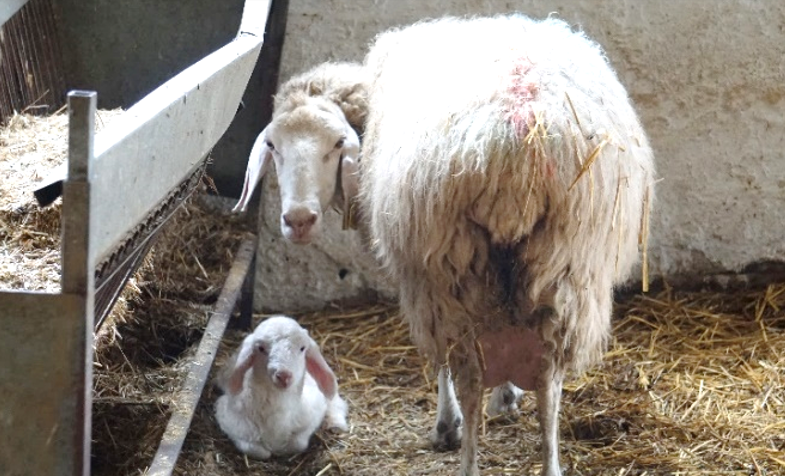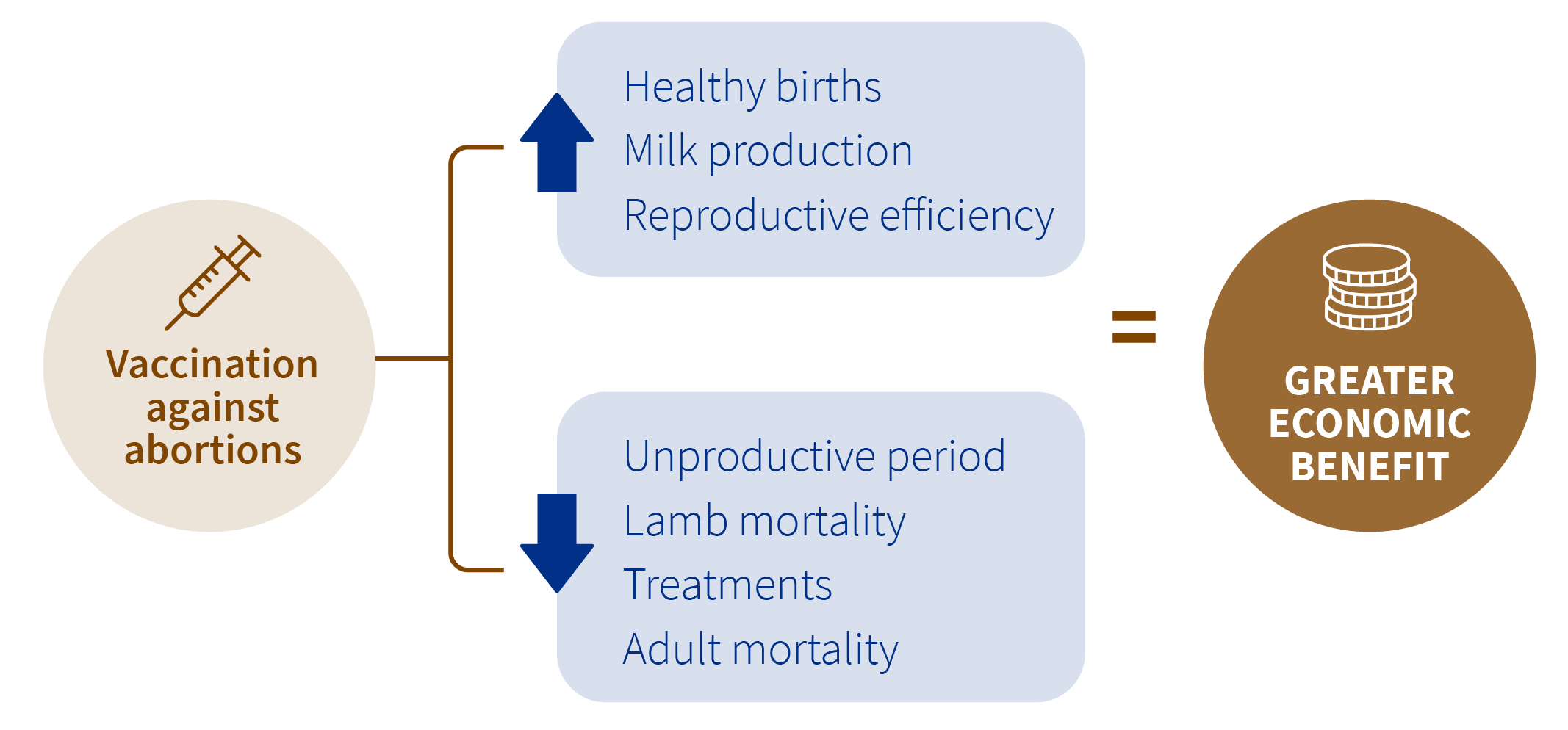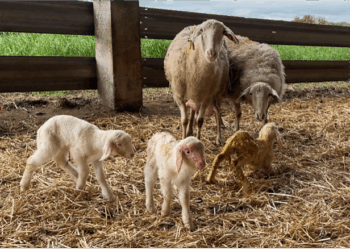Vaccination against Chlamydia abortus is the best way to control ovine enzootic abortion (OEA). However, when implementing the vaccination plan, doubts may arise about the profitability of the investment. This article offers straightforward guidance on how to calculate the benefits.
Why is return on investment (ROI) important?
ROI is a crucial tool for making financial decisions. In this case, it allows farms to know how much they are getting back in relation to what they are investing to vaccinate their animals.

Abortion vaccination ROI: What do we need to know?

The parameters included in the formula are as follows:
· Earnings per birth: this includes income from milk produced during lactation and lamb meat. Vaccination leads to greater profits, since we will have a higher percentage of healthy births, lower lamb mortality and better lactations. In addition, we will avoid complications after abortions and possible reproductive problems, thus reducing the number of animals lost or discarded.
· Expenses per birth: includes feeding the ewe and lamb, as well as treatments such as the use of antibiotics prepartum (non-rational use, in case of prophylaxis) and postpartum (in case of complications). With vaccination we can reduce the use of antibiotics.
· Unproductive period costs: costs of maintaining the ewe from abortion to the next lambing (from 7 months to 1 year or more). By vaccinating we will reduce the number of abortions, and therefore the number of animals in unproductive period.
This can be calculated as: Feeding cost/day X number of aborted animals X number of unproductive period days
· Vaccine costs: the investment made when vaccinating the flock (price per dose X number of doses).

Key points to remember…
Vaccination with INMEVA®, an inactivated vaccine against C. abortus and S. Abortusovis, has been shown to reduce the excretion of both pathogens (Montbrau et al., 2020), which allows us to control the disease and decrease its prevalence.
Therefore, if we vaccinate annually with INMEVA®, we will see fewer and fewer clinical cases, resulting in a higher return on investment.
To know the real benefit, the long-term effects of the vaccine must be taken into account.
Conclusions
· It is crucial to implement cost-effective prevention measures on the farm.
· Vaccination against C. abortus helps us improve the economy of the farm by reducing clinical signs of abortions.
· The long-term benefits of vaccination against C. abortus will be greater, making it advisable to vaccinate annually.
Article written by:
Tania Perálvarez Puerta. Global Product Manager, Small Ruminants Franchise – HIPRA




